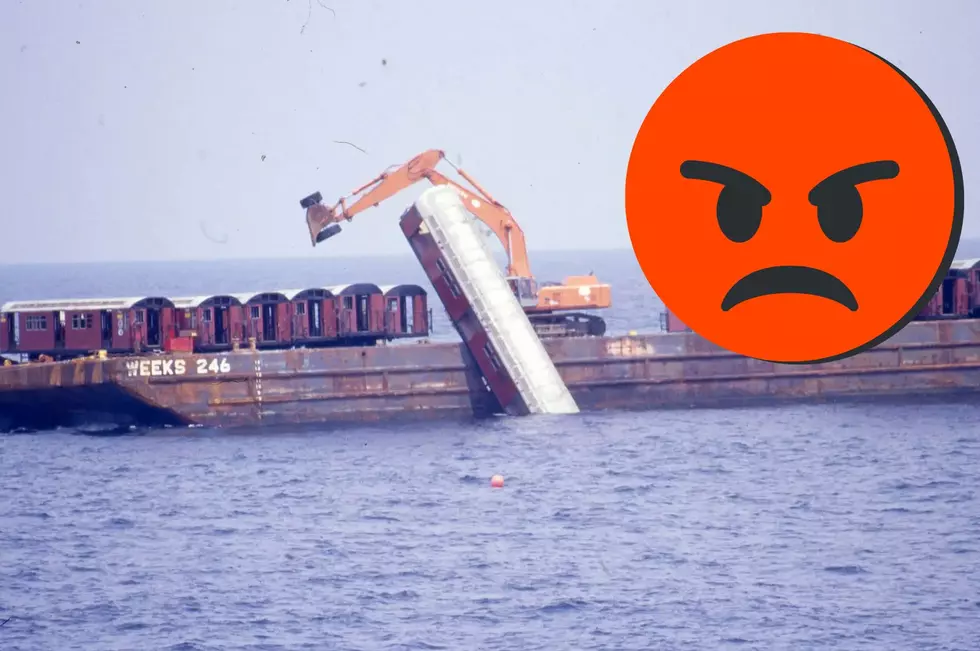
Could the Hudson Valley See Its First Real Snow This Weekend?
As the rain and wind impact the area Saturday, forecasters are looking towards late Sunday for the potential of measurable snow across the Hudson Valley. How much snow, if any, is the real question. NBC says it all depends exactly where this area of low pressure develops. A number of the weather models are in disagreement at the moment where the storm will track. It may not sound like much, but if the center of the storm shifts more eastward, then this could mean more snow for our area.
The storm is expected to move south from Canada by the late weekend. Hudson Valley Weather says that snow could start falling by late afternoon Sunday and last into early Monday morning. NBC has some preliminary snowfall estimates that call for as much as 3 to 5 inches across portions of the Mid-Hudson region. Areas south such as Westchester and Rockland could see 1 to 3 inches total. However, meteorologists say if the storm's center of circulation stays closer to the Great Lakes then our area might not see much now at all. This will be important when trying to predict your Monday morning commute.
Predicting the weather this time of year can be tricky. Some forecasters said the Hudson Valley could have seen snow early the week of Thanksgiving. What we ended up getting was some moderate rainfall overnight Sunday, as the coastal storm stayed far enough away from the coast to really do anything. This will just be the reality now for the next several months. This time two years ago, the area experienced a surprisingly heavy amount of snowfall that impacted rush hour traffic. Not too many weather forecasters really saw that one coming.
Some of the extended forecasts for the winter so far are a bit conflicting. While some, like the Old Farmer's Almanac, are saying we should expect near-normal temperatures and precipitation, other forecasts are calling for below-average temps and above-average snow. One big factor could be the return of La Niña. La Niña is a phenomenon that produces cooler than average water temperatures in the tropical Pacific Ocean around the equator. It is not to be confused with El Niño, which is when warmer water temperatures occur in that part of the Pacific. Past La Niñas have produced colder, snowier winters across the northeast.
LOOK: The most expensive weather and climate disasters in recent decades
KEEP READING: Get answers to 51 of the most frequently asked weather questions...
TIPS: Here's how you can prepare for power outages
More From WRRV-WRRB




![The Eeriest Wooded Areas Right in Hudson Valley [Photos]](http://townsquare.media/site/705/files/2022/06/attachment-RS48746_GettyImages-511053410-scr.jpg?w=980&q=75)




